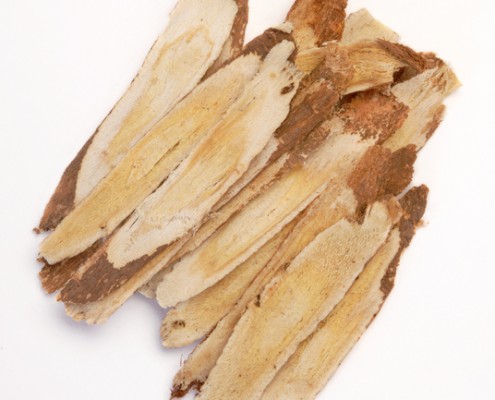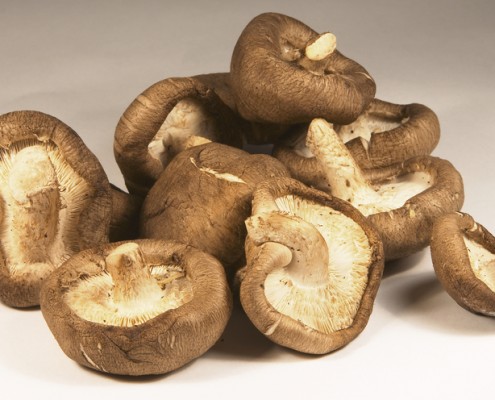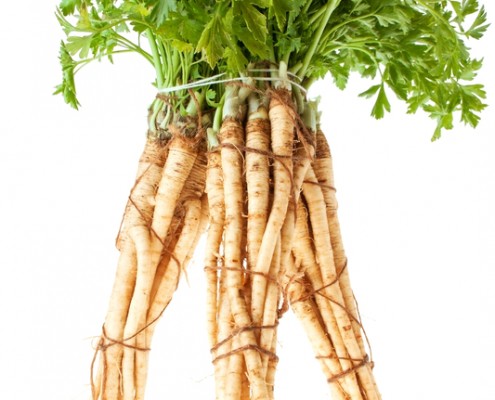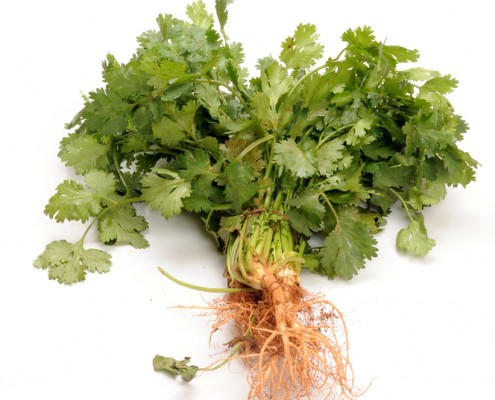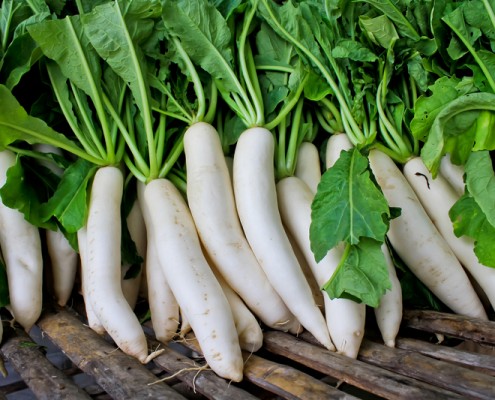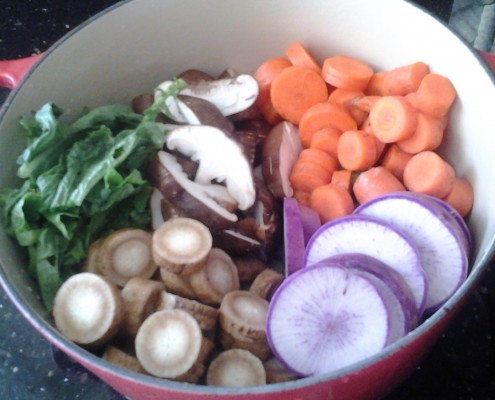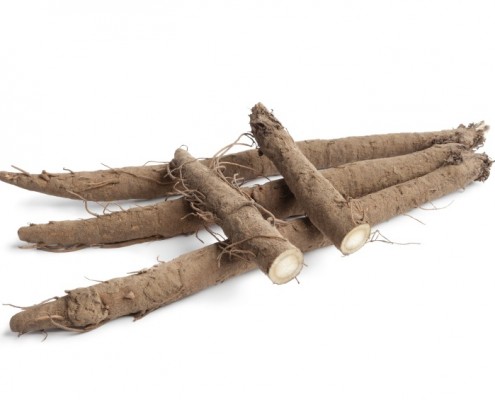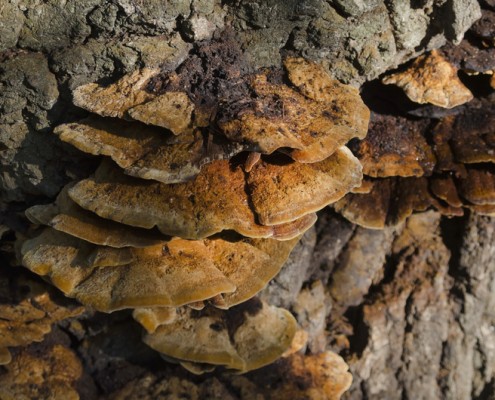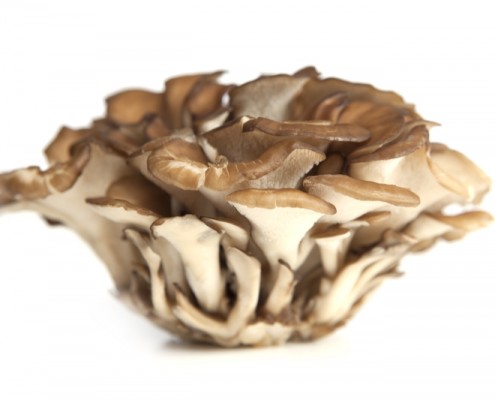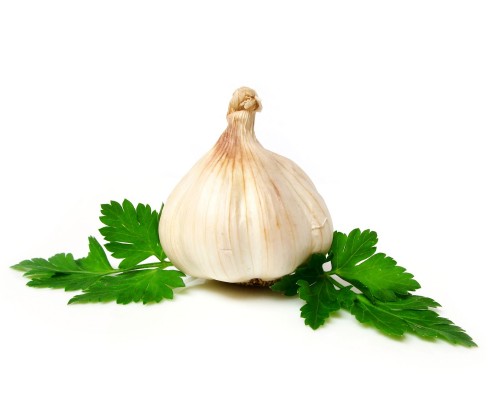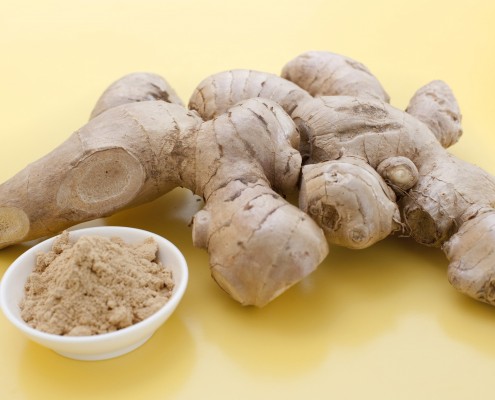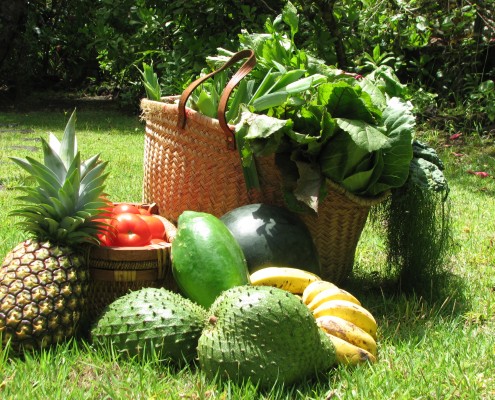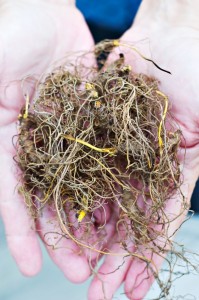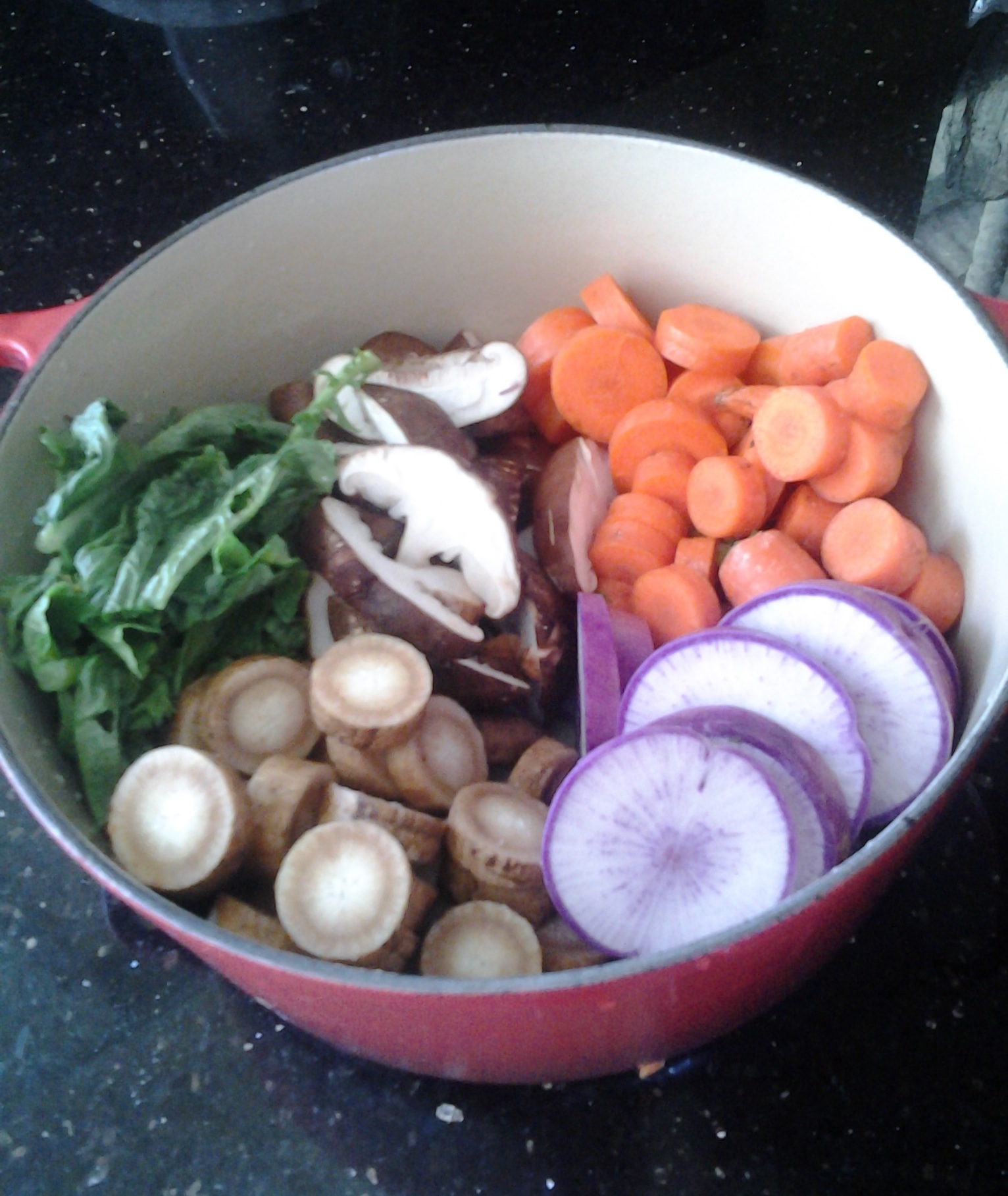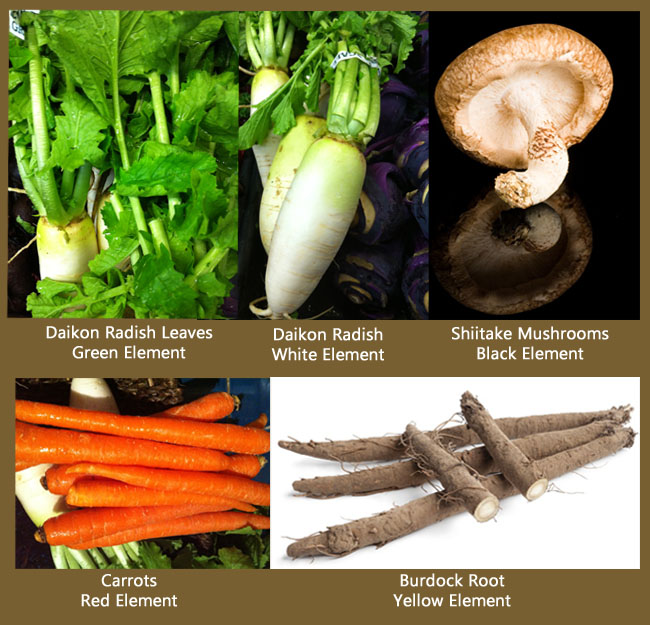Eating Organic. Why Bother?
By choosing organic foods, you are choosing to bring more health into your life. Eating organic foods helps to build immunity, increase strength and promotes recovery from chronic conditions.
While organic food is mainstream now and can be found in nearly all grocery and health food stores, visiting Farmer’s Markets is one of the best ways to find organic foods and support your local community and you’ll get far fresher foods than those that have been shipped from all parts of the country.
Organically grown meats and poultry are also available. It is essential to avoid industrially raised meats and fish as these animals are given antibiotics and growth hormones. Antibiotics in the food you eat will disrupt your microbiome. A healthy microbiome is essential for good immune function.
What’s the Difference?
Just as with vitamins, there is always “something” that eludes a manufacturer. The makers of chemical fertilizers cannot reproduce in their correct proportions the essential trace elements that go to make up the good earth.
Modern large-scale food production methods have made it almost impossible to obtain a really pure and unadulterated product of nature. Chemicals act like a tonic and give plants a sharp uplift, but the effect soon wears off and the soil is left as impoverished as before. Ground without any organic treatment is also devoid of earthworms, which are essential to the health of the soil. Earthworms are the greatest gardeners of all. They eat soil to a vast extent and make about their own weight in the finest fertilizer every day. Their castings are much richer than the actual soil they take in. Chemicals kill earthworms!
After 100 to 300 years of cultivation, our soils are worn out! And, there are still claims that “evidence is lacking” that chemical fertilizers and pesticides are detrimental to our health. The FDA and the US Department of Agriculture regulate about 60% of the food produced in the United States and individual states are responsible for the rest. Of the 70,000 chemicals produced, the EPA lists 60,000 as either potentially or definitely hazardous to our health!
The argument that “evidence of toxicity is lacking” is not valid because evidence of safety is even more lacking! The tremendous increase in illnesses, especially cancer, may in part be correlated with the hundreds of millions of pounds of pesticides added annually to the billions of pounds already in the ground, bits of them carried by soil solution into every cell of our foods.
Nitrates from commercial fertilizers destroy or decrease the vitamin C content of plants. In our bodies they can be changed to nitrites, which have caused serious illnesses and even fatalities. Government regulations set “parts per million” restrictions which lull us into complacency but a number of insecticides have induced many health problems such as liver and kidney damage. Laboratory research has shown that pesticide residues can be found in the brains of rats but has not been studied in the human brain. Apparently, the body fat of everyone contains poison residues. Single foods exceeding the so-called “level of safety” cannot be marketed, but the cumulative amounts ingested over prolonged periods cannot be controlled.
Three hundred million tons of waste is generated annually by industry. The EPA estimates that 90% of this waste is disposed of improperly. Much of this waste finds its way into our air, water, soil and food supplies. We must learn how to be involved and support efforts to heal and purify our earth and its people!
Food plants from high acre yields, forced by chemical fertilizers, contain more carbohydrates and are lower in protein and minerals. Potassium in the form of chemical fertilizers, or liming the soil, unless done with a magnesium limestone or dolomite, both cause such a severe lack of magnesium in food plants that magnesium deficiencies in humans have become widespread.
Calcium, magnesium, potassium and iron contents of vegetables from mineral-rich organic ground have ranged from four to many hundreds of times higher than those grown on soil long under cultivation. Foods from land rich in natural minerals and humus have greater protein content than those grown in chemically fertilized soils.
Foods grown on healthy soils appear to produce superior human health. Furthermore, plants grown on well mineralized, composted and mulched land have a remarkable ability to remain healthy and are little bothered by pests. Thousands of organic farmers have proven that the use of chemical fertilizers and pesticides are not needed. One of the factors detrimental to health is the passing of the home garden!
If space permitted, example upon example could be given as to the detrimental effect of chemical fertilizers, pesticides and additives. The destruction of amino acids, vitamins, minerals and proteins in our foods is high. The cumulative amounts and reactions of one chemical with another are magnified through additives. Some foods, such as white bread, are said to contain no fewer than 30 different additives. The soothing “no evidence for alarm” may well continue until irreparable damage has been done, if it hasn’t already!
There is some evidence, for example, that sorbic acid and its salts, which are common preservatives, can combine with nitrites, popular food additives, to produce a chemical compound that may cause genetic mutations. Any toxic substance can harm the liver. Since all of us consume, with our foods, pesticides, additives, preservatives and nitrates, it’s believed that everyone has liver damage to some extent. Any form of liver damage causes increased susceptibility to cancer. Also, susceptibility increases tremendously when diets are deficient in protein or essential amino acids.
Eating nutritionally depleted and chemically toxic foods is producing disease in our bodies like scientists do in experimental animals. We are the guinea pigs! Simply selecting foods for their nutritive value and preparing them to be delicious with minimal losses of nutrients would improve health drastically.
Physical health, which is the basis for mental, emotional and spiritual development, cannot be maintained without adequate nutrition. Sound nutrition is your fortress against disease.
EWG’s 2015 Shopper’s Guide to Pesticides in Produce™
Every year the Environmental Working Group (EWG) publishes their shopping guide for consumers, Shopper’s Guide to Pesticides in Produce™. The guide is based on test results from the U.S. Department of Agriculture that tests thousands of produce samples for pesticide, insecticide and chemical residues.
This guide can be helpful when you are in a situation where you cannot control your food intake. And when you cannot afford or find everything organic. Here is a summary of the findings for this year’s guide. This is taken from the EWG’s findings directly. You can read about the guide on their website here.
Highlights of Dirty Dozen™ 2015
EWG singles out produce with the highest pesticide loads for its Dirty Dozen™ list. This year, it is comprised of apples, peaches, nectarines, strawberries, grapes, celery, spinach, sweet bell peppers, cucumbers, cherry tomatoes, imported snap peas and potatoes.
Each of these foods tested positive a number of different pesticide residues and showed higher concentrations of pesticides than other produce items.
Key findings:
- 99 percent of apple samples, 98 percent of peaches, and 97 percent of nectarines tested positive for at least one pesticide residue.
- The average potato had more pesticides by weight than any other produce.
- A single grape sample and a sweet bell pepper sample contained 15 pesticides.
- Single samples of cherry tomatoes, nectarines, peaches, imported snap peas and strawberries showed 13 different pesticides apiece.
The Clean Fifteen™
EWG’s Clean Fifteen™ list of produce least likely to hold pesticide residues consists of avocados, sweet corn, pineapples, cabbage, frozen sweet peas, onions, asparagus, mangoes, papayas, kiwis, eggplant, grapefruit, cantaloupe, cauliflower and sweet potatoes. Relatively few pesticides were detected on these foods, and tests found low total concentrations of pesticides on them.
Key findings:
- Avocados were the cleanest: only 1 percent of avocado samples showed any detectable pesticides.
- Some 89 percent of pineapples, 82 percent of kiwi, 80 percent of papayas, 88 percent of mango and 61 percent of cantaloupe had no residues.
- No single fruit sample from the Clean Fifteen™ tested positive for more than 4 types of pesticides.
- Multiple pesticide residues are extremely rare on Clean Fifteen™ vegetables. Only 5.5 percent of Clean Fifteen samples had two or more pesticides.
Dirty Dozen PLUS™
For the third year, we have expanded the Dirty Dozen™ with a Plus category to highlight two types of food that contain trace levels of highly hazardous pesticides. Leafy greens – kale and collard greens – and hot peppers do not meet traditional Dirty Dozen™ ranking criteria but were frequently found to be contaminated with insecticides toxic to the human nervous system. EWG recommends that people who eat a lot of these foods buy organic instead.
- Dirty Dozen™ 2015
- Apples
- Peaches
- Nectarines
- Strawberries
- Grapes
- Celery
- Spinach
- Sweet Bell Peppers
- Cucumbers
- Cherry Tomatoes
- Eggplant
- Grapefruit
- Cantaloupe
- Cauliflower
- Sweet Potatoes
- The Clean Fifteen™
- Avocadoes
- Sweet Corn
- Pineapples
- Cabbage
- Frozen Sweet Peas
- Onions
- Asparagus
- Mangoes
- Papayas
- Kiwis
- Eggplant
- Grapefruit
- Cantaloupe
- Cauliflower
- Sweet Potatoes

